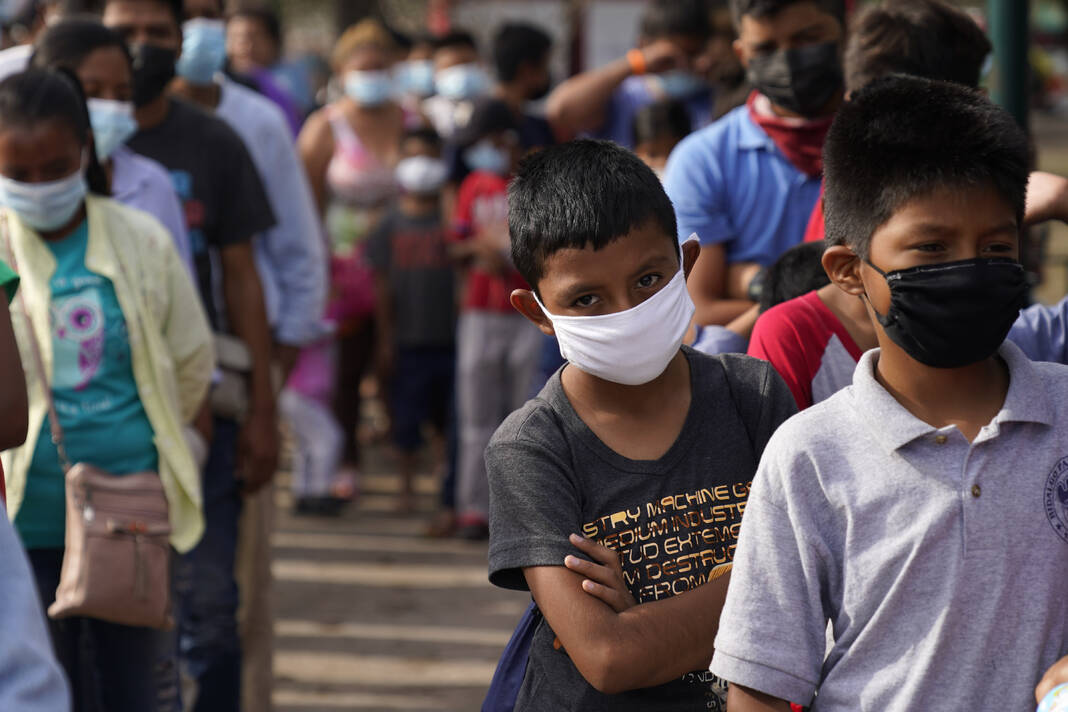
For the second consecutive month, apprehensions of migrants along the Rio Grande Valley continued to decline, signaling a possible shift in migration patterns.
The total number of apprehensions across the border this year broke a record, with about 2.1 million encounters tallied already, according to government data released this week. And September’s totals are still pending.
But unlike prior years, the Rio Grande Valley is no longer the place where most people are trying to cross the border.
Data from U.S. Customs and Border Protection shows that as of June, the Rio Grande Valley sector was no longer the busiest — a break in a trend observed for years.
The downward trend began in August 2021, when the Valley hit a peak of over 80,000 apprehensions that month. Then it began to drop.
But as apprehensions declined in the Valley, they increased further west in Del Rio and Eagle Pass.
Del Rio saw more migrants come through its border in May 2021 than it’s seen in at least fifteen years. But it reached a breaking point in September 2021, when thousands of migrants, many of them Haitians, walked over the border in large crowds.
Del Rio’s sector had not seen more than 30,000 monthly apprehensions for over a decade. Suddenly, they were caught unprepared. The sector did not have adequate infrastructure or personnel to sustain order. Texas Gov. Greg Abbott even asked the president to declare a federal emergency.
Part of the lack of infrastructure was due to long held patterns.
Government data shows shifts happen overtime. In 2007, Tucson’s sector recorded nearly 380,000 apprehensions. It remained the busiest for years until 2013, when most of the migrants began entering the U.S. through the Rio Grande Valley.
Border Patrol maintains a close watch on the trends, documenting some of the most notable changes in a video it titled “The Shift.”
Border Patrol Chief Raul Ortiz told The Monitor in an interview on Feb. 27 the federal agency is working to prepare accordingly.
“What I don’t want to do is process these individuals in tents, which I’m doing quite a bit across the entire southwest border,” Ortiz said, referring to temporary facilities that are erected when their facilities reach capacity. “We recognize that migration is going to continue, and we have to start planning for this being an enduring issue and be able to prepare for it accordingly.”
Most migrants came from places like Mexico and Central America, but this year that changed.
“Failing communist regimes in Venezuela, Nicaragua, and Cuba are driving a new wave of migration across the Western Hemisphere, including the recent increase in encounters at the southwest U.S. border,” CBP Commissioner Chris Magnus said in a news release. “The number of migrants entering from Mexico and northern Central America has decreased for the third consecutive month as the Biden-Harris Administration works with our partners in the region to address the root causes of migration, facilitate repatriation, and take thousands of smugglers off the streets.”
Most of those arriving are also single adults, as opposed to families or unaccompanied children.
While this fiscal year will set a record for the highest number of apprehensions, it does not reflect the number of people who have tried to enter the country. Title 42, a public health policy implemented since the pandemic, has created some of the highest recidivism rates the agency has seen.
Of the 203,598 encounters recorded along the southwest border this year, 22 percent of them were people who had already attempted to enter the U.S. but were turned back to Mexico.
“More individuals encountered at the border without a legal basis to remain will be expelled or removed this year than any prior year,” Magnus noted.



